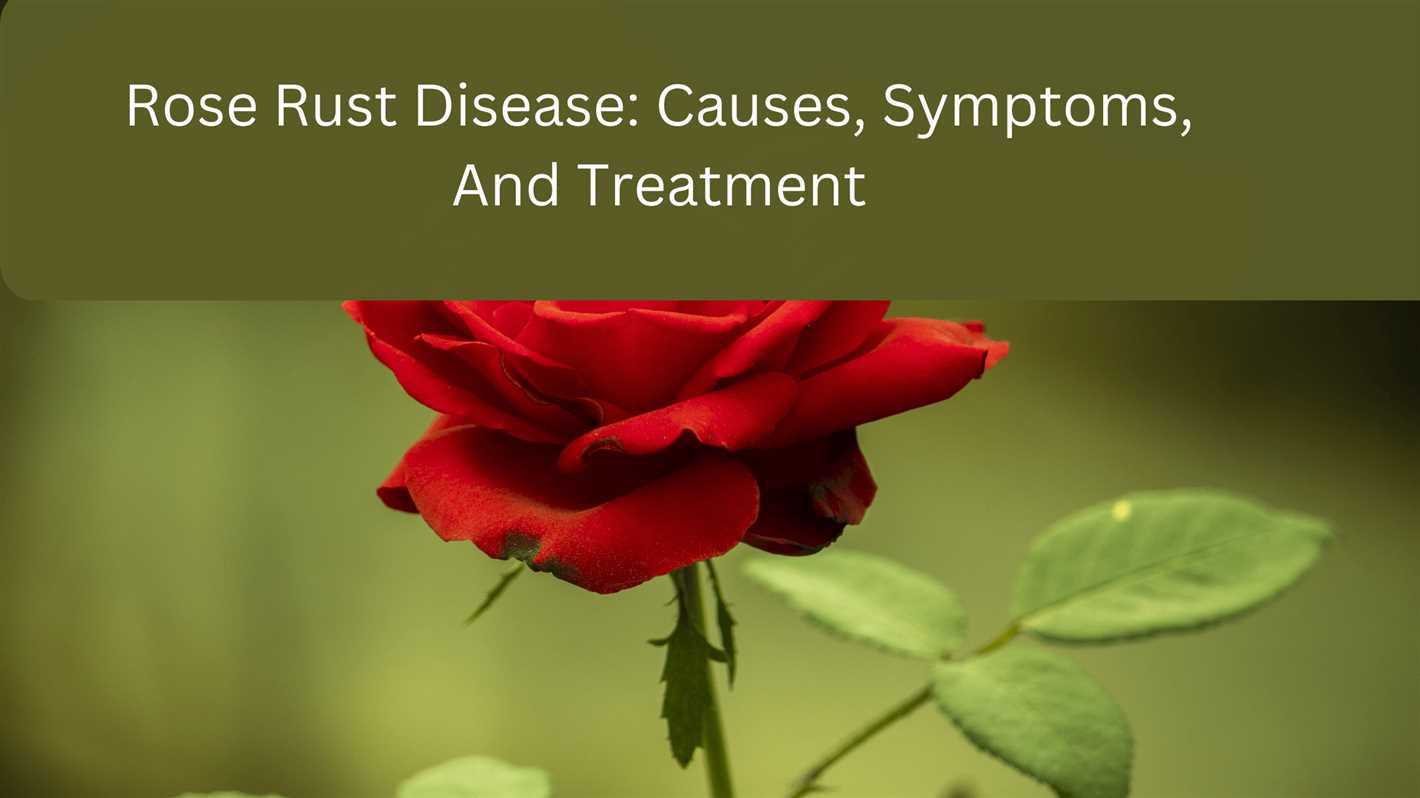- Common diseases affecting flowers
- Identifying symptoms of flower diseases
- Yellowing leaves
- Wilting
- Spots or lesions on leaves
- Stunted growth
- Abnormal flower color
- Abnormal growths or deformities
- Fungal infections in flowers
- Powdery mildew
- Leaf spot
- Root rot
- Conclusion
- Bacterial infections in flowers
- Symptoms of bacterial infections
- Causes of bacterial infections
- Prevention and control
- Viral infections in flowers
- Insect and pest damage to flowers
- Common types of insect and pest damage
- Effects of insect and pest damage
- Prevention and control
- Environmental factors affecting flower health
- 1. Temperature
- 2. Light
- 3. Water
- 4. Soil quality
- 5. Air quality
- 6. Pests and diseases
- 7. Nutrient availability
- Prevention and treatment of flower diseases
- 1. Selecting healthy plants
- 2. Providing proper care
- 3. Regular inspection
- 4. Proper spacing
- 5. Disinfection
- 6. Organic control methods
- 7. Cultural practices
- 8. Professional advice
- Q&A:
- What are common symptoms of sick flowers?
- How can I prevent flowers from getting sick?
- What are some common causes of flower diseases?
- How can I treat sick flowers?
- Can flowers recover from diseases?
- Are there any organic methods to prevent flower diseases?
- Are certain flowers more prone to diseases than others?
- Video: 3 Ridiculous Ways Plants Get Sick
Flowers, just like humans and animals, can fall ill. Although they may not display classic symptoms like coughing or sneezing, flowers can suffer from various diseases and ailments that can impact their growth and overall health. Understanding the symptoms and causes of these flower diseases is crucial to maintaining a beautiful and thriving garden.
One of the most common symptoms of a sick flower is discoloration. Flowers can develop brown spots, yellowing leaves, or even wilting petals. These visual cues can indicate a range of diseases, from fungal infections to nutrient deficiencies. It’s important to pay attention to these signs and take the necessary steps to address the underlying issue.
Another symptom to watch out for is stunted growth. If a flower is not growing at the expected rate or appears smaller than other flowers in its vicinity, it may be suffering from a disease or pest infestation. Insects, such as aphids or spider mites, can damage the plants’ tissue and hinder their growth. Identifying and treating these pests promptly can help prevent further damage.
Furthermore, flowers can exhibit physical abnormalities, such as distorted or deformed petals. These abnormalities can be caused by viral or bacterial infections, as well as environmental factors like extreme temperature or exposure to toxic substances. It’s essential to identify the cause of these abnormalities to prevent them from spreading to other plants.
“Prevention is better than cure” is particularly true when it comes to flowers. Providing your flowers with proper care, including regular watering, adequate sunlight, and a healthy soil mix, can help strengthen their immune system and prevent diseases. Additionally, practicing good hygiene, such as removing dead leaves and flowers, can reduce the risk of disease transmission.
In conclusion, flowers can fall ill due to various factors, including diseases, pests, and environmental conditions. Recognizing the symptoms and causes of flower diseases is essential for maintaining the health and beauty of your garden. By providing proper care and taking preventive measures, you can help keep your flowers thriving and disease-free.
Common diseases affecting flowers
Flowers, just like any other living organisms, can be affected by various diseases. These diseases can cause discoloration, wilting, rotting, and ultimately the death of the plant. While there are many diseases that can affect flowers, here are some of the most common ones:
Powdery Mildew: This fungal disease appears as a white powdery substance on the surface of the leaves and flowers. It can cause stunted growth and deformation of the plant. Powdery mildew thrives in high humidity conditions.
Botrytis Blight: Also known as gray mold, this disease is caused by the fungus Botrytis cinerea. It affects flowers by causing grayish-brown spots and a fuzzy gray mold on the petals. Botrytis blight is common in cool and humid environments.
Rust: Rust is a fungal disease that causes orange-brown spots on the leaves and stems of flowers. The spots resemble rust, hence the name. Rust can weaken the plant and cause it to have a stunted growth.
Black Spot: This disease affects roses and is caused by the fungus Diplocarpon rosae. It appears as black spots on the leaves and stems of the plant. If left untreated, black spot can lead to defoliation and weaken the plant.
These are just a few examples of the many diseases that can affect flowers. It is important to promptly identify and treat these diseases to prevent further damage to the plant and to ensure the health and longevity of your flowers.
Identifying symptoms of flower diseases
Yellowing leaves
Yellowing leaves can be a symptom of various flower diseases. If the yellowing starts from the inner part of the leaf and gradually spreads to the outer edges, it could be a sign of a fungal infection. On the other hand, if the entire leaf turns yellow and falls off, it may indicate a nutrient deficiency or overwatering.
Wilting
Wilting flowers that are not responding to watering can be a sign of a bacterial or viral infection. Wilting can also be caused by root rot, which occurs when the plant roots are constantly in soggy soil. It is important to check the soil moisture levels and inspect the roots for any signs of rot.
Spots or lesions on leaves

Spots or lesions on flower leaves can indicate various diseases. A common fungal disease called leaf spot often manifests as small, dark spots on the leaves. Bacterial infections can cause large, irregular lesions with a slimy appearance. Viral infections can result in yellow or white rings or patterns on the leaves.
Stunted growth
If a flower is not growing as expected and appears smaller or weaker than normal, it may be suffering from a disease. Fungal, bacterial, or viral infections can all inhibit proper growth and development. Nutrient deficiencies can also lead to stunted growth, so it is important to assess the soil quality and nutrient levels.
Abnormal flower color
If a flower’s color is noticeably different from its usual appearance, it may indicate a disease. Fungal or bacterial infections can cause discoloration, browning, or spotting on petals. Viral infections can also alter the pigments in flowers, resulting in unusual color patterns or blotches.
Abnormal growths or deformities
Unusual growths, swellings, or deformities on flowers or stems can be a symptom of a disease. For example, a virus called mosaic virus can cause distorted leaves and flowers with abnormal growth patterns. Bacterial infections can result in galls or tumors on the plant.
It is important to note that these symptoms can have multiple causes, and proper diagnosis may require further examination or expert advice. If you notice any of these symptoms on your flowers, it is recommended to take appropriate measures to prevent the spread of the disease and protect the overall health of your plants.
Fungal infections in flowers
Fungal infections are a common problem in flowers and can lead to serious damage if left untreated. The most common fungal diseases affecting flowers include powdery mildew, leaf spot, and root rot.
Powdery mildew
Powdery mildew is a fungal disease that appears as a white, powdery substance on the leaves, stems, and flowers of plants. It is caused by various species of fungi and thrives in humid and warm conditions. Powdery mildew can weaken the plant and lead to stunted growth and deformation of flowers.
Prevention and control of powdery mildew include planting resistant varieties, providing adequate air circulation, and avoiding overhead watering. Fungicides can also be used to manage the disease.
Leaf spot
Leaf spot is another common fungal infection that affects flowers. It manifests as spots or lesions on the leaves, which can range in color from yellow to brown or black. Leaf spot is caused by various fungi and can be spread through water, wind, or contact with infected plant material.
Practicing good cultural practices, such as avoiding overhead watering and keeping the foliage dry, can help prevent leaf spot. Fungicides can be applied to control the disease, but it is important to identify the specific fungus causing the infection for effective treatment.
Root rot
Root rot is a fungal disease that affects the roots of flowers, causing them to become dark, mushy, and disintegrate. It is caused by various fungi that thrive in waterlogged soil conditions. Root rot can lead to wilting, yellowing leaves, and eventually death of the plant.
Preventing root rot involves providing well-draining soil and avoiding overwatering. Fungicides can be used to control the disease, but it is essential to address the underlying cause, such as improving drainage, to effectively manage root rot.
Conclusion
Fungal infections are a common problem in flowers and can severely impact their health and appearance. Understanding the symptoms and causes of fungal diseases can help gardeners take preventive measures and effectively manage these infections to ensure the overall well-being of their flowers.
Bacterial infections in flowers
Bacterial infections are one of the common causes of sickness in flowers. They can lead to various symptoms and can be detrimental to the overall health and vitality of the plants. Understanding the symptoms and causes of bacterial infections can help in their prevention and control.
Symptoms of bacterial infections
- Yellowing or wilting of leaves
- Stunted growth
- Dark or water-soaked spots on leaves or stems
- Soft, mushy, or decaying flowers
- Increased susceptibility to other diseases
Causes of bacterial infections
Bacterial infections in flowers are primarily caused by bacteria that enter through wounds or natural openings in the plant. Some of the common causes include:
- Contaminated soil or water
- Overwatering, leading to root rot and susceptibility to bacterial infections
- Poor sanitation practices, such as using contaminated tools or reusing infected pots
- Close proximity to infected plants
Prevention and control
Preventing bacterial infections in flowers involves several measures:
- Sanitation: Maintain clean gardening practices, including sterilizing tools and using fresh soil for each plant.
- Watering: Avoid overwatering and ensure proper drainage to prevent root rot.
- Quarantine: Isolate new plants to prevent the spread of infections.
- Avoid overcrowding: Provide enough space between plants to promote airflow and prevent the spread of bacteria.
- Proper nutrition: Maintain balanced fertilization to keep plants healthy and less susceptible to infections.
In case of a bacterial infection, it is important to identify it correctly and take appropriate measures for control. This may include removing infected plant parts, using bactericidal treatments, or seeking professional help if the infection is severe.
Viral infections in flowers
Flowers, like all living organisms, are vulnerable to viral infections. Viruses can attack flowers at any stage of their growth, causing various symptoms and negatively impacting their overall health and appearance.
Transmission:
- Viruses can be transmitted to flowers through various means, including insects, contaminated gardening tools, infected soil, and even pollen from infected plants.
- Once a flower is infected, the virus can spread throughout its tissues, affecting its growth and development.
Symptoms:
- Flowers infected with viruses may exhibit a range of symptoms, which often include discoloration, mottling, stunted growth, and deformation.
- Some viruses may also cause the formation of necrotic spots or streaks on the petals or leaves, leading to a reduction in their aesthetic value.
Impact on reproduction:
- Viral infections in flowers can have a significant impact on their reproductive processes.
- Some viruses can cause sterility or reduce the fertility of flowers, leading to a decrease in seed production and hindering their ability to reproduce.
Control and prevention:
- Preventing viral infections in flowers can be challenging, but several practices can help minimize the risk.
- Cleaning and disinfecting gardening tools, using disease-resistant varieties, and maintaining good garden hygiene are essential steps.
- Proper plant nutrition and a balanced watering schedule can also strengthen flowers’ immune systems and make them more resistant to viral infections.
- In case of an infection, affected flowers should be removed and destroyed to prevent the spread of the virus to other plants.
Conclusion:
Understanding viral infections in flowers is crucial for maintaining healthy and vibrant blooms. By being vigilant and taking appropriate preventive measures, flower growers can minimize the risk of viral infections and ensure the longevity and beauty of their plants.
Insect and pest damage to flowers
Flowers are often affected by various insects and pests that can cause damage to their health and appearance. These pests can range from small insects to larger animals, and they can cause a variety of symptoms on the flowers.
Common types of insect and pest damage
- Chewing insects: Insects such as caterpillars, beetles, and grasshoppers feed on the leaves and petals of flowers, causing visible holes and chewed edges. This can significantly impact the flower’s overall appearance.
- Sucking insects: Aphids, mites, and thrips are examples of insects that suck the sap from flowers, causing wilting, discoloration, and distorted growth. These insects often leave behind a sticky residue called honeydew.
- Boring insects: Some insects like borers and weevils bore into the stems, buds, or fruits of flowers, causing internal damage that may result in the flower’s death. The presence of sawdust-like frass may indicate their presence.
- Scale insects: Scale insects can attach themselves to flowers, leaving behind a protective outer shell. Their feeding can cause yellowing, stunted growth, and even dieback of the flower’s parts.
- Rodents and larger animals: Rodents like mice and rabbits, as well as larger animals like deer, can damage flowers by nibbling on their stems, leaves, and flowers. This can result in broken or missing parts of the flowers.
Effects of insect and pest damage
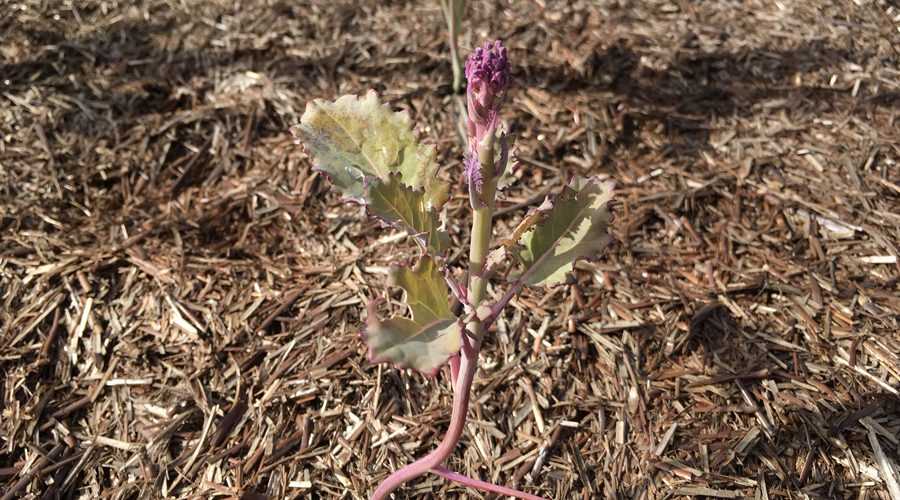
The damage caused by insects and pests can have various effects on flowers. Besides the visible physical damage, these pests can also introduce and spread diseases, weaken the flower’s immune system, and hinder its growth and development. Severe damage can even lead to the death of the flower.
Prevention and control
To prevent and control insect and pest damage to flowers, it’s important to implement proper gardening practices. These can include:
- Regularly inspecting flowers for signs of insect infestation or pest damage.
- Using organic insecticides or natural pest control methods to deter and eliminate pests.
- Removing and disposing of affected or infested flowers and plants to prevent the spread of pests.
- Attracting beneficial insects, such as ladybugs and lacewings, to naturally control pest populations.
- Providing a clean and healthy growing environment for flowers by maintaining good soil health and proper watering practices.
By taking proactive measures and being vigilant about the health of flowers, it is possible to minimize the impact of insect and pest damage and ensure the overall well-being of the plants.
Environmental factors affecting flower health
Flowers are highly sensitive to their environment, and there are several factors that can affect their health and well-being. Understanding these factors can help gardeners and flower enthusiasts create a favorable environment for their plants.
1. Temperature
Temperature plays a crucial role in flower health. Extreme temperatures, whether hot or cold, can stress the plants and impact their growth. Frost can damage flowers, while excessive heat can cause wilting and dehydration. It is important to choose flower varieties that are suitable for the specific temperature range of your region.
2. Light
Light is essential for photosynthesis, the process that allows plants to convert sunlight into energy. Insufficient light can result in weak and spindly plants, while excessive light can lead to sunburn and leaf scorching. Understanding the light requirements of different flower species can help ensure they receive the appropriate amount of sunlight.
3. Water
Water is crucial for flower growth and development. Insufficient water can lead to wilting and dehydration, while excessive water can cause root rot and other fungal diseases. It is important to provide flowers with an adequate and consistent water supply, taking into account the specific water needs of each plant species.
4. Soil quality
The quality of the soil greatly affects flower health. Soil should have good drainage and be rich in organic matter and essential nutrients. Poor soil quality can lead to nutrient deficiencies, root diseases, and poor growth. Regular soil testing and amendments can help maintain an optimal environment for flower growth.
5. Air quality
Air pollution can have detrimental effects on flower health. Pollutants, such as industrial emissions and vehicle exhaust, can damage flowers’ leaves and inhibit their growth. Planting flowers in areas with cleaner air or using air filtration systems can help mitigate the negative effects of air pollution.
6. Pests and diseases
Pests and diseases can significantly impact flower health. Insects, such as aphids and caterpillars, can feed on leaves and flowers, causing damage and weakening the plants. Fungal diseases, such as powdery mildew and black spot, can also affect flower health. Regular inspection and appropriate pest and disease management strategies are essential for maintaining flower health.
7. Nutrient availability
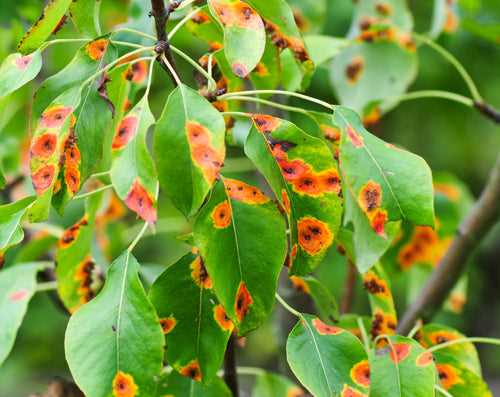
Flowers require essential nutrients for healthy growth. Nutrient deficiencies can result in stunted growth, yellowing leaves, and poor flower development. Understanding the specific nutrient requirements of different flower species and providing them with appropriate fertilizers can help ensure optimal nutrient availability.
By considering and addressing these environmental factors, gardeners can create a favorable and nurturing environment for flowers, promoting their health and enhancing their beauty.
Prevention and treatment of flower diseases
Keeping your flowers healthy and disease-free is essential to ensure their longevity and beauty. With proper prevention and timely treatment, you can minimize the risk of flower diseases and protect your garden. Here are some effective strategies:
1. Selecting healthy plants
Start by choosing healthy plants from reliable sources. Inspect the plants for any signs of disease or pests before purchasing. Avoid buying plants with yellowing leaves, spots, or other symptoms. Healthy plants have strong stems, vibrant leaves, and no visible signs of damage.
2. Providing proper care
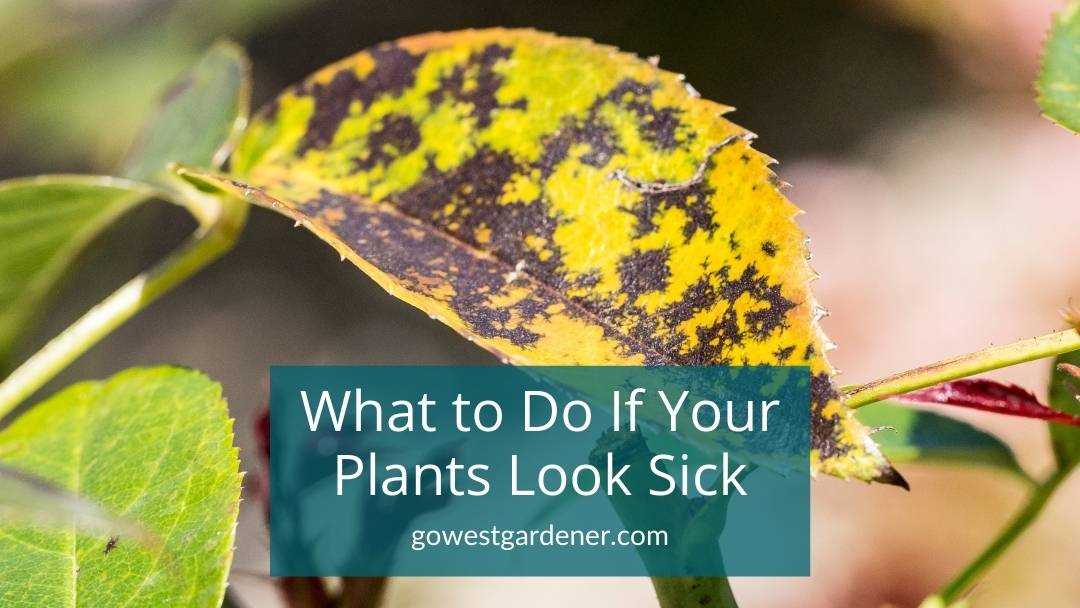
Flowers need appropriate care to stay healthy and resistant to diseases. Ensure they receive sufficient sunlight, water, and nutrients. Follow the recommended watering and fertilizing schedule based on the specific needs of each flower species. Overwatering can lead to root rot, while underwatering can weaken the plants, making them susceptible to diseases.
3. Regular inspection
Regularly inspect your flowers for any signs of disease, such as spots, discoloration, wilting, or abnormal growth. Early detection can prevent the spread of diseases to other plants. Remove any infected or damaged plant parts immediately to prevent further damage.
4. Proper spacing
Proper spacing between flowers is important to ensure good air circulation. Crowded plants create a favorable environment for diseases to spread. Follow the recommended spacing instructions for each flower species to minimize the risk of disease transmission.
5. Disinfection
Disinfect your gardening tools, pots, and containers regularly to prevent the transmission of diseases. Clean the tools with a diluted bleach solution or a disinfectant to kill any pathogens that might be present.
6. Organic control methods
Consider using organic control methods, such as neem oil or insecticidal soap, to combat common pests and diseases. These methods are safer for plants, humans, and the environment compared to chemical pesticides. Research the specific pests and diseases affecting your flowers to find the appropriate organic control options.
7. Cultural practices
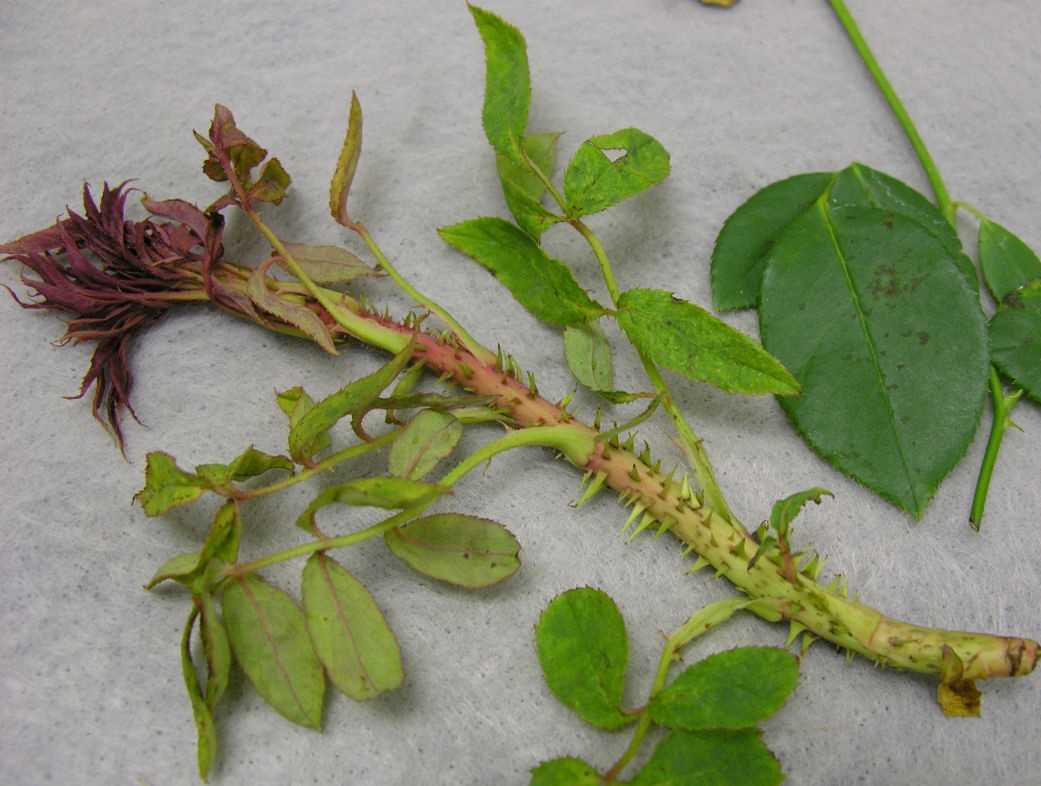
Adopting good cultural practices can help prevent flower diseases. Avoid over-fertilizing, as excessive nitrogen can promote disease development. Remove weeds regularly, as they can host diseases and compete for nutrients with your flowers. Also, rotate your flower planting locations each year to prevent soilborne diseases from building up in the same area.
8. Professional advice
If you’re unsure about identifying or treating a specific flower disease, consult with a local gardening expert or horticulturist. They can provide guidance and recommend suitable treatments or preventive measures based on your specific situations.
By following these prevention and treatment strategies, you can maintain healthy and beautiful flowers, minimizing the risk of diseases and ensuring your garden thrives.
Q&A:
What are common symptoms of sick flowers?
Common symptoms of sick flowers include wilting, yellowing leaves, discoloration, stunted growth, and the presence of pests or disease.
How can I prevent flowers from getting sick?
To prevent flowers from getting sick, it is important to provide proper care and maintenance. This includes regular watering, appropriate sunlight exposure, proper soil drainage, and regular inspection for pests or diseases.
What are some common causes of flower diseases?
Common causes of flower diseases include fungal infections, viral infections, bacterial infections, improper watering or overwatering, poor soil conditions, insufficient or excessive sunlight, and the presence of pests.
How can I treat sick flowers?
The treatment for sick flowers depends on the specific cause of the problem. It may involve removing affected parts of the plant, applying fungicides or insecticides, adjusting watering or sunlight levels, improving soil conditions, or seeking professional help.
Can flowers recover from diseases?
Yes, flowers can recover from diseases with proper care and treatment. However, the success of recovery depends on the severity of the disease, the specific type of disease, and the overall health of the plant.
Are there any organic methods to prevent flower diseases?
Yes, there are organic methods to prevent flower diseases. These include using organic fertilizers, practicing proper crop rotation, encouraging beneficial insects, implementing good sanitation practices, and using natural pest control methods such as neem oil or insecticidal soap.
Are certain flowers more prone to diseases than others?
Yes, certain flowers are more prone to diseases than others. This can be due to various factors such as the flower’s specific characteristics, environmental conditions, and susceptibility to certain pests or diseases. It is important to research and choose flower varieties that are known for their disease resistance.
Video:
3 Ridiculous Ways Plants Get Sick
